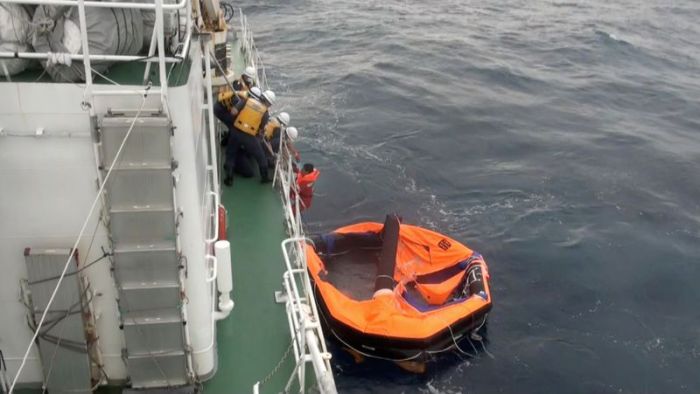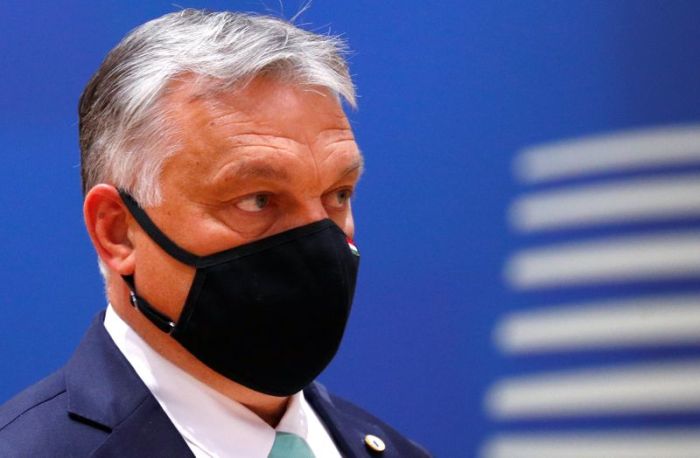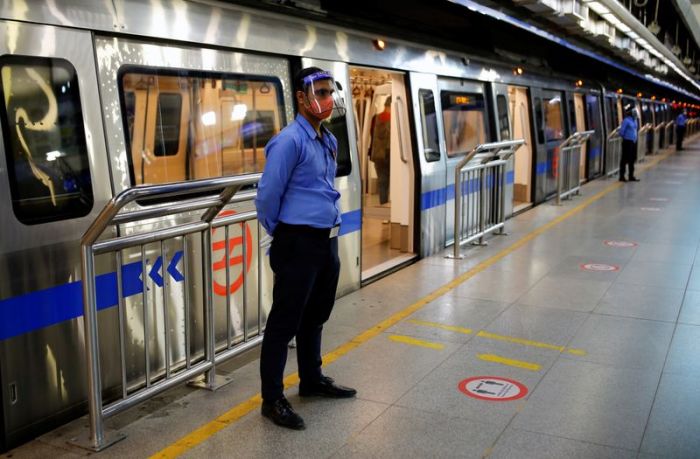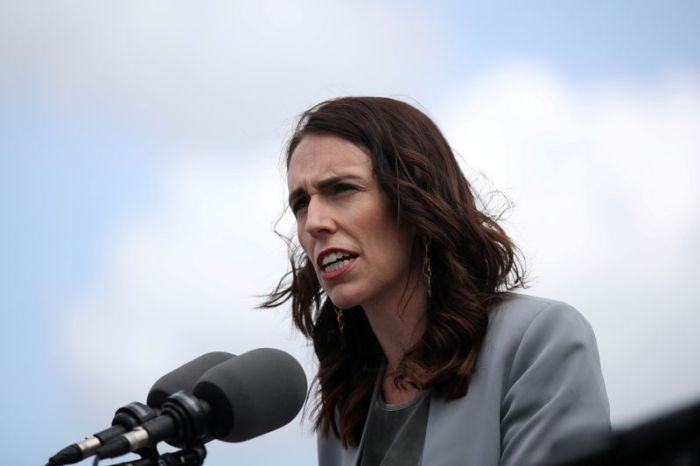VIENNA (Reuters) – Iran has let the U.N. nuclear watchdog inspect one of the two sites it agreed last week to grant access to after a protracted standoff, while Tehran’s stockpile of enriched uranium has risen further, quarterly reports by the agency said on Friday.
The International Atomic Energy Agency inspected one of the sites and took environmental samples there, one of the two reports obtained by Reuters said, referring to samples aimed at detecting traces of nuclear material that may have been present.
The agency’s inspectors will visit the other site “later in September 2020 on a date already agreed with Iran, to take environmental samples”, the report said.
The other report said that Iran’s stock of low-enriched uranium (LEU) rose by 534 kg in the most recent quarter, roughly the same amount as in the previous three months, to 2,105.4 kg.
That is more than 10 times the 202.8 kg limit set by Iran’s 2015 nuclear accord with big powers, which Iran has been breaching in response to Washington’s withdrawal from the deal in 2018 and reimposition of sanctions against Tehran.
The stockpile, however, remains far below the many tonnes of enriched uranium Iran had accumulated before the 2015 deal.
Tehran is enriching up to a fissile purity of 4.5%, which while above the deal’s 3.67% limit is still far short of the 20% level it achieved before the deal. Roughly 90% purity is considered weapons-grade, suitable for an atomic bomb.
Iran agreed on Aug. 26, during the first visit to Tehran by IAEA Director General Rafael Grossi, to allow access for U.N. inspectors to two sites suspected of once hosting covert uranium conversion and nuclear testing activities.
While the IAEA says it has the right to examine such sites without permission, Iran objected because at least some of the information about them came from a trove of documents on its past activities that Tehran’s main Middle East adversary, Israel, says it seized inside Iran.
(Reporting by Francois Murphy; Editing by Mark Heinrich)





















